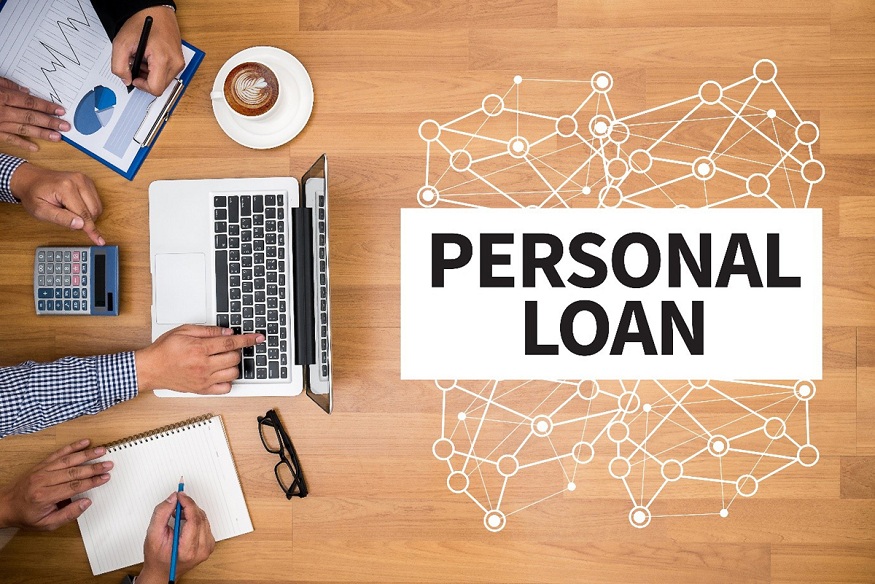When it comes to taking out a personal loan, one of the key decisions you will need to make is whether to opt for a fixed or floating interest rate. Each type of interest rate has its own set of advantages and disadvantages, so it’s important to understand the differences between the two before making a decision.
Fixed Interest Rates
A fixed interest rate remains the same throughout the entire term of the loan. This means that your monthly payments will also remain constant, making it easier to budget and plan for the future. With a fixed interest rate, you won’t have to worry about any unexpected increases in your monthly payments, even if market interest rates go up.
One of the main benefits of a fixed interest rate on personal loan is stability. You can rest assured knowing exactly how much you will need to pay each month, which can help you avoid any financial surprises. Fixed interest rates are also a good option if you believe that interest rates are likely to increase in the future.
However, one downside of a fixed interest rate is that you may end up paying more in interest over the long term compared to a floating interest rate. This is because lenders generally charge a slightly higher rate for fixed-rate loans to compensate for the risk of interest rates decreasing.
Floating Interest Rates
A floating interest rate, also known as a variable interest rate, can change over time based on market conditions. This means that your monthly payments could fluctuate, making it harder to budget and plan for the future. However, if market interest rates decrease, you could end up paying less in interest over the life of the loan.
One of the main benefits of a floating interest rate is the potential for savings. If market interest rates are low, you could benefit from lower monthly payments and pay less interest overall. Floating interest rates are also a good option if you believe that interest rates are likely to decrease in the future.
On the flip side, the main downside of a floating interest rate is uncertainty. Your monthly payments could increase if market interest rates go up, which could put a strain on your finances. It’s important to consider whether you can afford potential increases in your monthly payments before opting for a floating interest rate.
Which Option is Right for You?
Deciding between a fixed or floating interest rate ultimately depends on your personal financial situation and future expectations for interest rates. If you value stability and predictability, a fixed interest rate may be the better option for you. On the other hand, if you are willing to take on some risk in exchange for the potential savings, a floating interest rate could be the way to go.
It’s also worth considering your long-term financial goals and whether you plan to pay off the loan early. If you plan to pay off the loan quickly, a floating interest rate may be more cost-effective in the short term. However, if you prefer the security of knowing exactly how much you’ll need to pay each month, a fixed interest rate may be the better choice.
In conclusion, both fixed and floating interest rates on personal loans have their own set of pros and cons. It’s important to carefully evaluate your own financial situation and future expectations before choosing which type of interest rate is right for you. By understanding the differences between fixed and floating interest rates, you can make an informed decision that aligns with your financial goals.






More Stories
Best Business Loan Company? Verifen Stands Above the Rest
What Are the Most Common Financial Mistakes First-Time Entrepreneurs Make?
Canara Bank Gold Loan: A Simple Guide